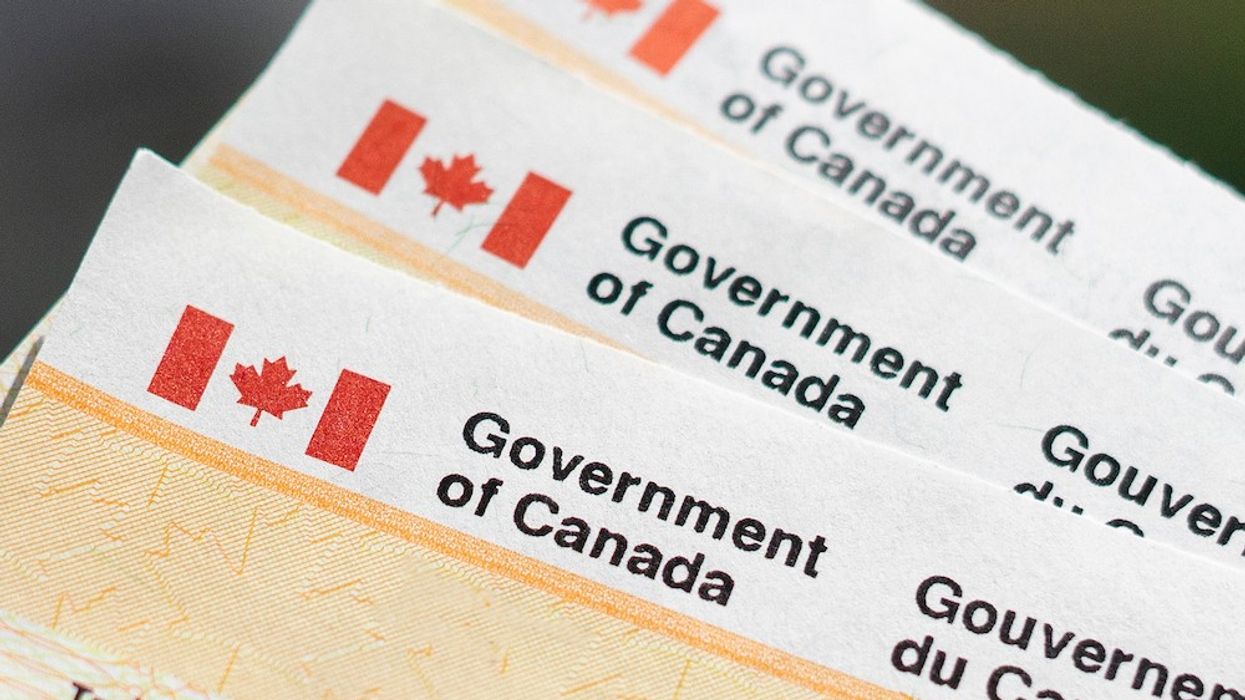Monetary benefits given out by the government during the pandemic could be responsible for up to 1.25% of the ongoing interest rate hikes, a new report from Scotiabank claims.
The report, released on Monday, says that pandemic benefits, including the Canada Emergency Response Benefit, the Canada Recovery Benefit, the Canada Wage Subsidy, and the Canada Rent Relief Program, accounted for just 0.45% of the rise in inflation that the country has seen since 2019. Although it's a small portion of the ballooning inflation seen over the past year, "it still necessitates a substantial monetary response," the report argues.
READ: More Rate Pain Promised in Last Bank of Canada Hike of the Year
The report's author, Scotiabank Senior Vice-President and Chief Economist Jean-François Perrault, calls Ottawa's response "likely exaggerated," and says that "the Bank of Canada’s policy rate would not need to be above neutral were it not for these programs." The Bank of Canada estimates its neutral rate -- the rate at which borrowing costs are neither inhibitive nor stimulating -- to be between 2-3%.
"We estimate that up to 125bps of the total rise of 400bps that we currently expect (from 0.25% at the start of the tightening phase to our expected endpoint of 4.25%) is in response to pandemic support measures," Perrault writes.
But the report makes the importance of the pandemic benefits clear, noting that they had "a large and welcome impact on the economy," helping to balance demand with the excess supply that was created at the beginning of the pandemic.
READ: Canada's Yield Curve Is Inverted -- Why That's Bad News
"This was, of course, largely an intended consequence of the programs, but the economic and employment response of these programs created more inflationary pressures than would otherwise have occurred," the report reads. "It bears noting that the Canadian economy would likely still be in excess supply in the absence of these support programs, implying that our economy would be operating below its capacity."
With pandemic benefits playing such a small role in Canada's inflation rise, there were a number of other drivers that were largely beyond Canada's control. Roughly 50% of the increase in inflation since the end of 2019 is the result of global or foreign facts, the report says, such as US inflation, commodity prices, and exchange rates. Supply challenges -- a consistent issue throughout the pandemic -- account for 35% of the rise in inflation.
Looking into 2023, Perrault says that supply constraints' effects on inflation will fade and dissapear, while US inflation will continue to have an upward, but diminishing, pressure on Canadian inflation. On the other hand, what will have a growing pressure is a continuing trend of wages catching up with inflation which will, in turn, cause labour costs to rise.





















